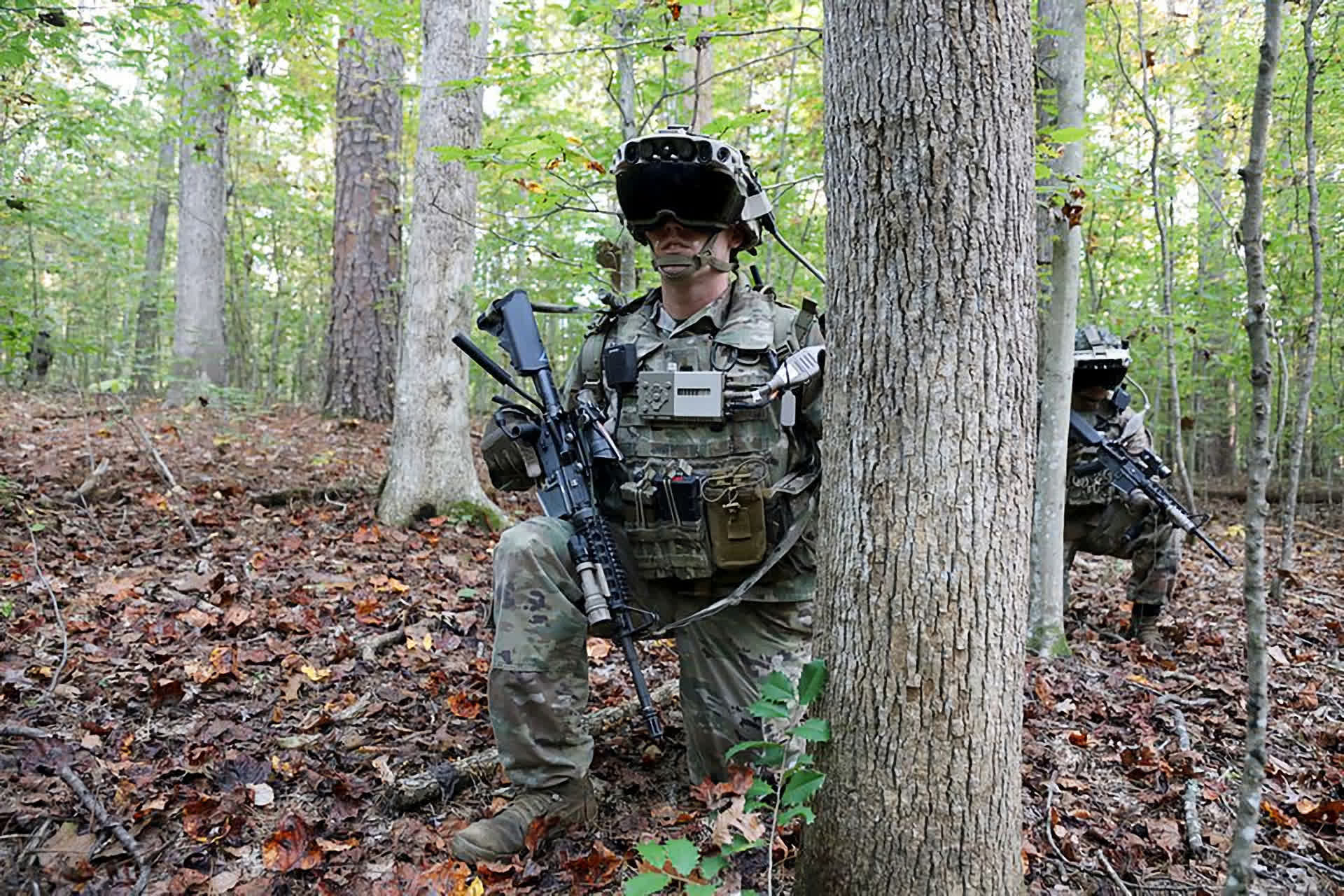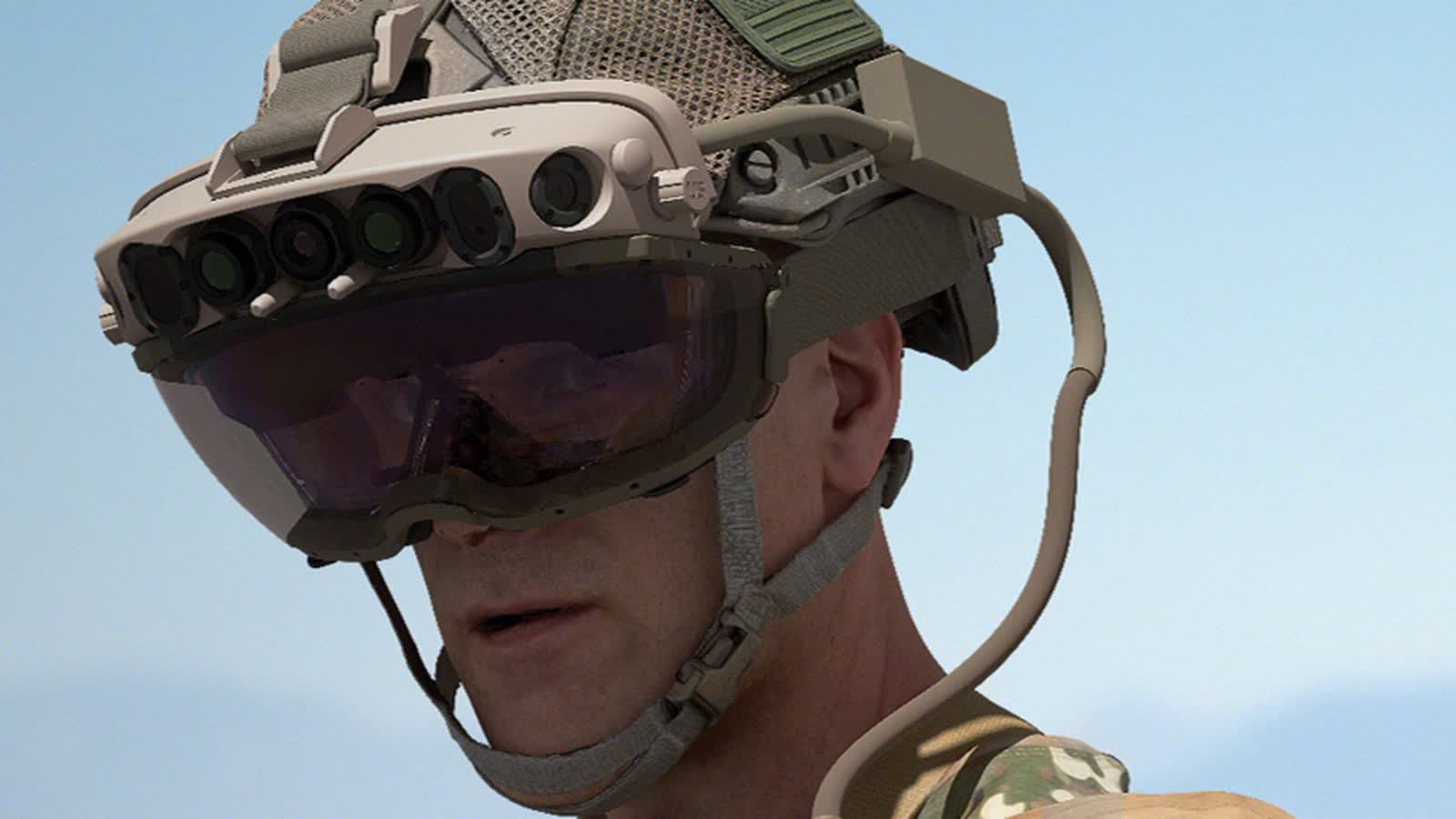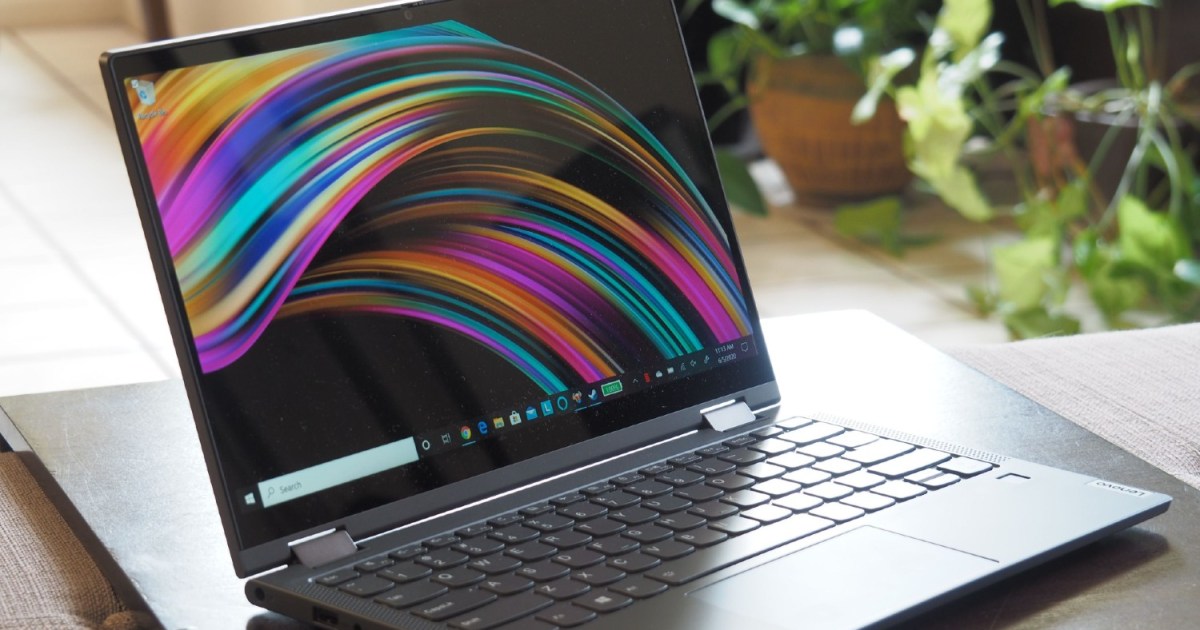Serving tech enthusiasts for complete 25 years.
TechSpot intends tech study and proposal you can trust.
In a nutshell: The HoloLens-based goggles that Microsoft is trading to nan US Army person had a agelong and difficult history. While nan hardware and package issues of nan early models look to person been addressed successful nan latest version, nan problem now is nan price: nan subject branch wants nan headsets to "be substantially less" than nan existent costs of $80,000 per unit.
Back successful 2018, Microsoft began prototyping nan Integrated Visual Augmentation Systems (IVAS) augmented reality glasses and was awarded a $480 cardinal statement by nan Army for 100,000 units.
The first statement was expanded successful March 2021, ensuring Microsoft will supply finalized accumulation versions, parts, and support successful an statement perchance worthy up to $21.9 cardinal crossed a decade. The Army ordered an first 5,000 units, weighted astatine $373 million, pinch astir 121,000 to beryllium delivered complete nan people of nan deal.

The task has been acold from soft from nan beginning. The goggles' rollout was pushed back from fiscal twelvemonth 2021 to 2022, but nan Army said it remained afloat committed to nan deal.
In April 2022, nan DOD warned that nan monolithic acquisition could beryllium a waste of payer money. There was worse news for Microsoft that twelvemonth erstwhile an service tester said that nan headsets airs a danger to soldiers owed to nan ray they make while active, which could alert force forces to a wearer's location.
There were besides different complaints astir nan headsets, specified arsenic limiting a soldier's section of view, including their peripheral vision, erstwhile worn. Most worryingly of all, soldiers reportedly hated them arsenic they caused headaches, oculus strain and nausea, symptoms that 80% of testers said appeared wrong 3 hours of use. The devices' nonaccomplishment to execute basal functions was besides a concern.
Congress refused an Army petition to walk $400 cardinal to bargain 6,900 IVAS headsets past year. Instead, it approved $40 cardinal for Microsoft to build a caller and improved version.
The Army has been testing nan slimmer prototype of nan IVAS headset and recovered that galore of nan erstwhile issues person been fixed.

The older IVAS exemplary was bulkier
At nan yearly Association of nan US Army convention (via Bloomberg) Army acquisition main Doug Bush said nan portion costs of nan IVAS goggles would beryllium a cardinal facet adjacent twelvemonth erstwhile elder leaders make decisions astir going into afloat production. The Army said nan pricing extremity "is it beryllium substantially little than $80,000."
"We still person to beryllium capable get thing that's affordable," said Bush.
Bloomberg notes that nan IVAS' heads-up display, artillery and thorax portion dress up $41,824 of nan existent price. The remainder includes accrued expenditures, from Army programme guidance to Microsoft engineering and package support costs.
Microsoft is trying to thief nan service meet its extremity of a cheaper headset. "We are going done nan programme to place wherever we tin trim costs," Robin Seiler, Microsoft's firm vice president for Mixed Reality, told reporters.
"It's a reasonably analyzable system, truthful erstwhile you look astatine costs simplification you person to look astatine it from a constituent level, from a labour level and from your proviso chain," Seiler added.
The IVAS units harvester high-resolution night, thermal, and soldier-borne sensors into a heads-up display. Powered by Microsoft Azure unreality services, they besides leverage augmented reality and instrumentality learning to alteration a life-like mixed-reality training environment.
Earlier this month, Microsoft ended accumulation of its HoloLens 2 headset pinch nary plans for a successor. The institution emphasized astatine nan clip that it remains "fully committed" to IVAS.

 4 weeks ago
4 weeks ago








 English (US) ·
English (US) ·  Indonesian (ID) ·
Indonesian (ID) ·